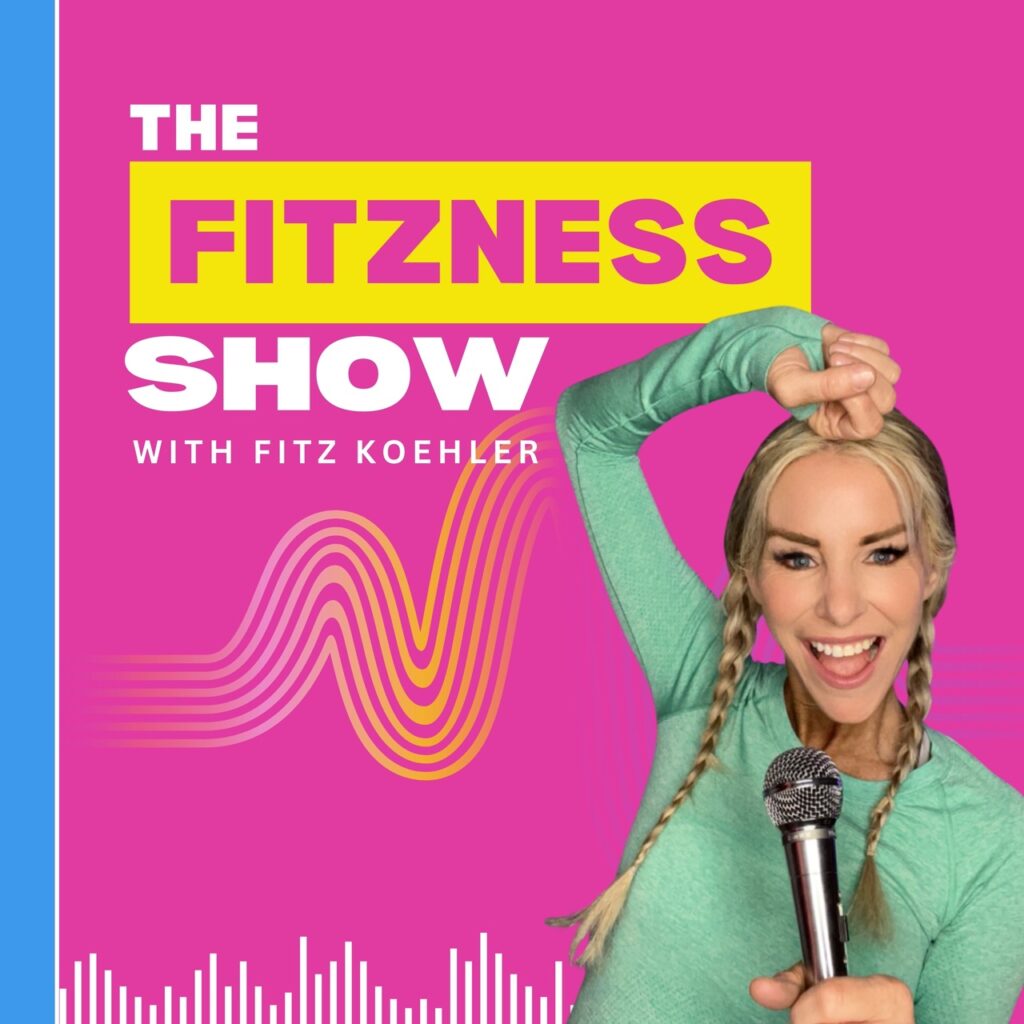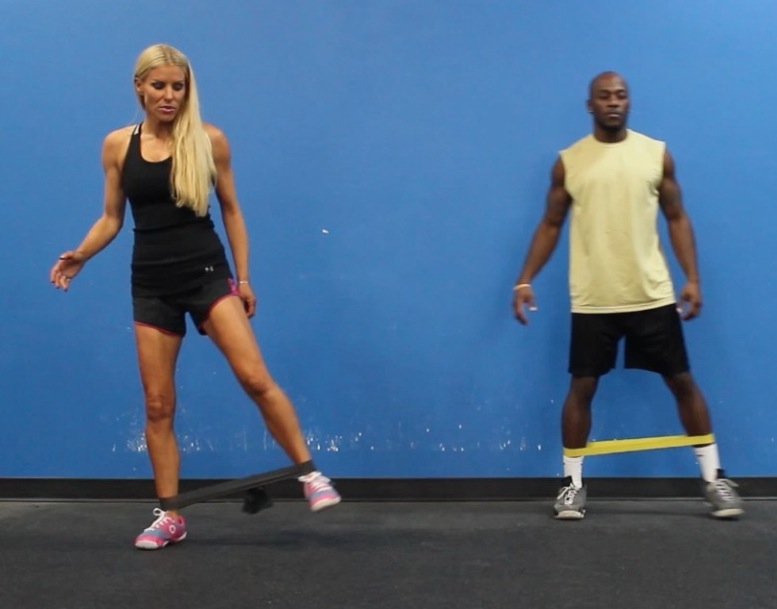
Free image courtesy of FreeDigitalPhotos.net
Have you ever seen items at the grocery store that had “all-natural” on the front of the box? Unfortunately, if you don’t turn that box over and peek at the nutrition label, you may be mislead. Nutrition labels can be a tricky thing, and most people do not know where to start, so they end up unknowingly buying things that are bad – not good – for their health. Of course, unprocessed food is best. However, sometimes you need to buy things that come in a box, jar, or can. And that’s why it is important to know what to look for.
- Serving size. You might think that can of beans serves one person, but maybe it serves four. Sometimes the serving sizes are simply smaller than you’d expect. So always make sure you look at both the nutritional content per serving, but also how many servings are in that box, can or bag. This will ensure you do not unknowingly go overboard.
- Ingredients. This one is one of the most important parts. Look for real ingredients. If you see words that you don’t know or cannot pronounce, you should probably pass them by. Also, make sure that the first ingredient is something healthy. Products are listed in order of greatest quantity to least. You want a lot of the good stuff and little to none of the bad.
- Sugar. Less is more. Many products do have natural sugars in them, such as dairy and unsweetened applesauce, but check the ingredient list to make sure there aren’t any added sugars. If you see things like sucrose, fructose, and partially hydrogenated oil, stay away.
- Sodium. Along with sugar, too much added sodium is not good for you or your waistline. Make sure to check that there is a reasonable amount of sodium in the product.
- Whole Grain. If something claims to be 100% whole wheat or whole grain, it should be the first ingredient on the ingredient list. If it’s not, then it is not truly a whole grain.
- “Light” or “Low-fat” Sometimes = Bad. Many people think that products with “light” or “low-fat” on the label are healthy, but sometimes they’re not. For example, low-fat peanut butter replaces healthy peanuts with added sugars, partially hydrogenated oils, and other ingredients that you need to stay away from. In some cases, the removal of fat is good! Figuring out when healthy fats are just replaced with chemicals or sugar is clutch when shopping for “low fat” products.
What do you look for on nutrition labels?
Which part is most important to you?







I always check labels. The marketing on the packaging is all lies! I’m usually looking for the amount of sugar and then where they hid the fake sugar.